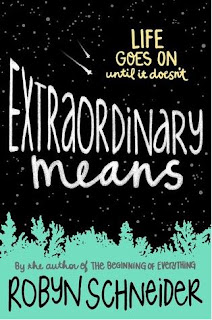The premise behind The Forgetting is something that, to me, is insanely fascinating. It follows the idea of a society where, every twelve years, every citizen loses all of their memory. The citizens must write their true life story down in books, which they carry with them at all times, so they can read them and know who they are after the “forgetting”. The book does a fantastic job of exploring the possibilities for corruption in the society, such as what happens when a person’s book is lost, or if a person never forgets, both of which happen to the main protagonist, Nadia.
The Forgetting originally appeared to me as similar to a novel in the dystopian fiction genre, as it features a small, idyllic city with a different society from ours and with a seemingly corrupted government. I went into the book expecting the general dystopian YA plot - a love interest, overthrowing the people in power, etc, all of which were indeed present; however, I was caught completely off guard and found myself very pleased with the science-fiction rout the book ended up taking. It managed to explain a lot about some seemingly fantastic and unrealistic aspects of the setting, even giving an intriguing scientific explanation for the Forgetting itself.
In general, the book covers themes such as corruption, truth, love, memory, and family. It should also be noted that the book is definitely YA and up, due to the descriptive imagery in the romantic scenes and descriptions of the anarchy and death that occur in the days before the Forgetting. The Forgetting would be a good book for free reading or book clubs, due to both the general aspect of enjoyment and character development, as well as the deep themes which would be fascinating to discuss. Although I found the beginning to be a slight bit slow, once the science fiction aspect dropped in around halfway I was completely captivated and could not put it down!
Author's website:
http://www.sharoncameronbooks.com/index2.html
Author's website:
http://www.sharoncameronbooks.com/index2.html




